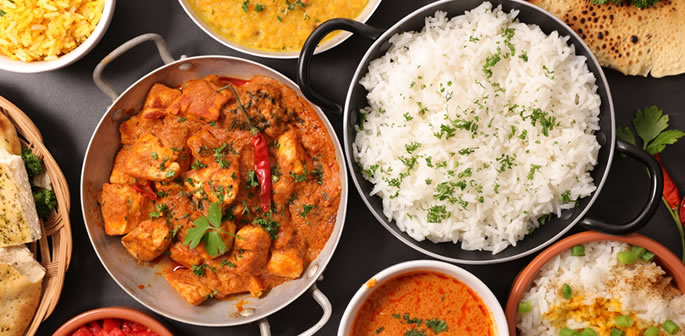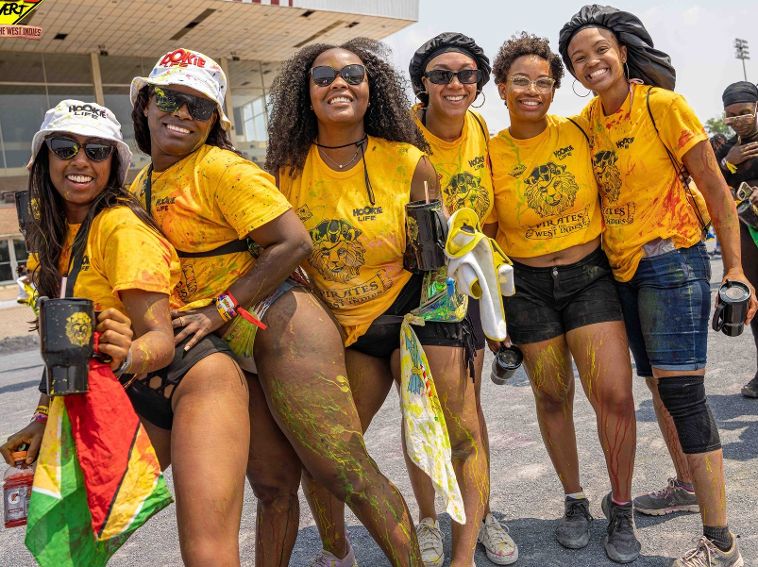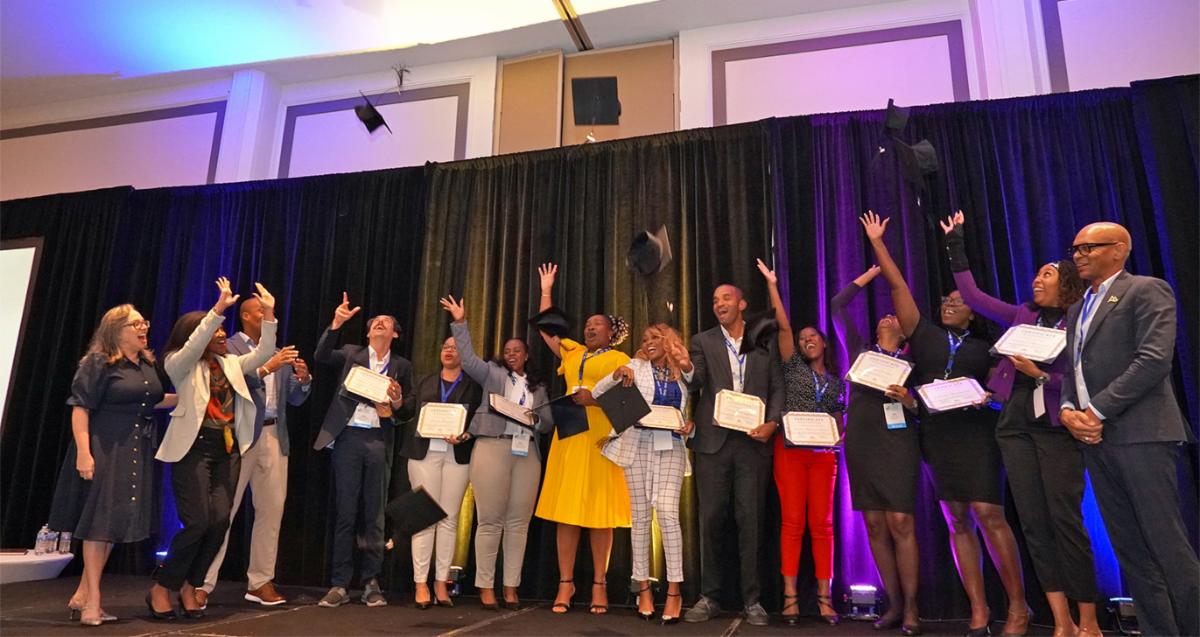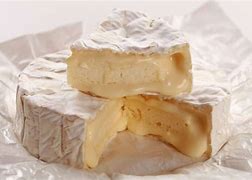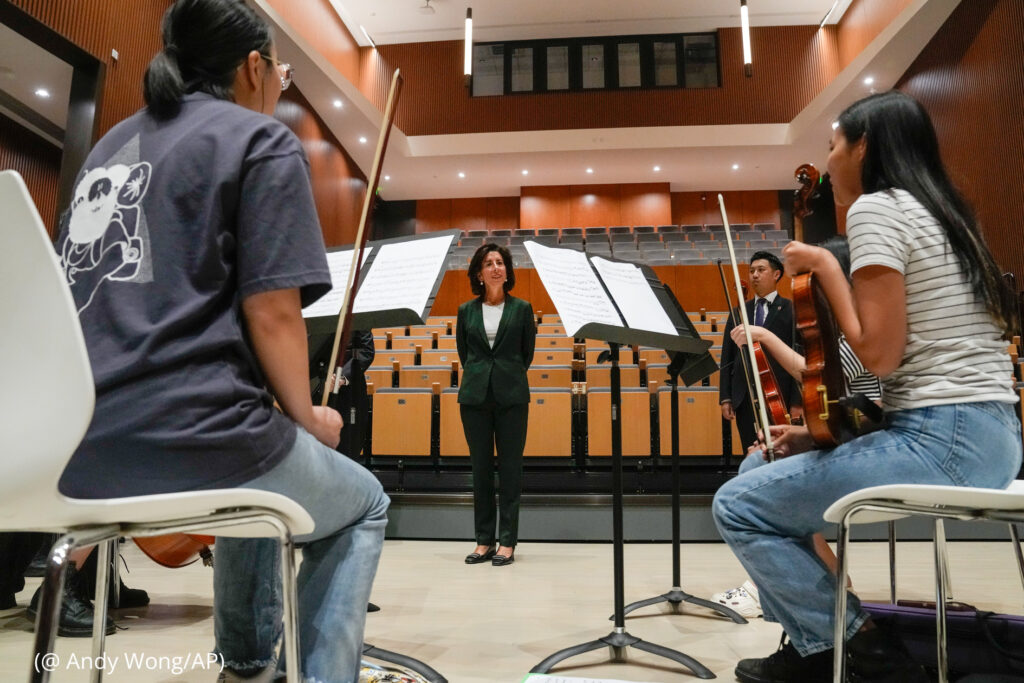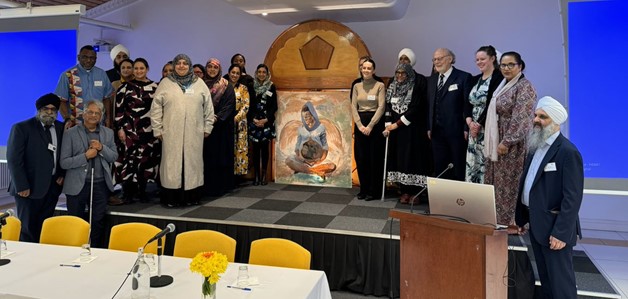In the vibrant tapestry of British cuisine, few flavours have woven themselves as intricately and enduringly as that of ‘curry’.
A symphony of aromatic spices, a medley of flavours, and a testament to the multiculturalism that characterises the United Kingdom, curry has become a beloved cornerstone of British gastronomy. From its first introduction to British shores to its ubiquitous presence on high streets across the nation, its evolution tells a story not just of culinary fusion, but of the intersection of cultures, trade routes and centuries of shared history between Britain and India.
Embarking on a journey through the annals of time, we delve into the fascinating and nuanced history of ‘curry’ in the UK, exploring its origins, transformations and the profound impact it has left on the British palate and cultural identity. From its early beginnings as an exotic novelty to its current status as a beloved comfort food, the tale of ‘curry’ is a testament to the ever-evolving nature of culinary traditions and the rich diversity that defines modern British society.
The word “curry” has a complex origin but over time, it has evolved to encompass various meanings and interpretations. It ultimately comes from the Tamil word “kari”, which means “sauce”.
The concept of “curry” as a spiced dish has a history that dates back centuries and is intertwined with the culinary traditions of the Indian subcontinent. The word was introduced to the English language during the colonial period when British traders and explorers came across India’s diverse cuisines.
They began using “curry” to refer to the richly spiced dishes they encountered, which often included a mixture of spices, herbs and aromatics. In Indian cuisine, there is a wide variety of dishes with their own specific names.
The idea of a “curry” is a Western abstraction that may not fully capture the nuance and diversity of Indian cooking. So, while the word “curry” originated from the Tamil word “kari”, its meaning and usage have evolved to become a catch-all term for various spiced dishes from the Indian subcontinent.
The idea of a curry in the UK dates back to the 18th century when East India Company men returned home and wanted to recreate a slice of their time spent in India. These men were known as ‘nabobs’, which is English slang for nawab, and worked as deputy rulers.
Those who could not afford to bring back their Indian cooks satisfied their appetite at coffee houses. As early as 1733, curry was served in Haymarket’s Norris Street Coffee House. By 1784, rice and curry were specialities in some popular restaurants in London’s Piccadilly.
Meanwhile, the first British cookery book containing an Indian recipe was The Art of Cookery Made Plain & Easy by Hannah Glasse. The first edition was published in 1747 and contained three recipes of Indian pilau.
Later editions included recipes for fowl or rabbit curry and Indian pickle. The first purely Indian restaurant was the Hindoostanee Coffee House, which opened in 1810 at 34 George Street near Portman Square, Mayfair.
Sake Dean Mahomed was the restaurant’s owner and he was born in 1759 in present-day Patna. Mahomed served in the East India Company’s army as a trainee surgeon.
He later travelled to Ireland with Captain Godfrey Evan Baker and married a woman named Jane Daly. At the turn of the 19th century, they moved to London and soon established the Hindoostane Coffee House.
With his business, Mahomed tried to provide both an authentic ambience and Indian cuisine “at the highest perfection”. Guests could sit in custom-made bamboo chairs surrounded by paintings of Indian scenes and enjoy dishes “allowed by the greatest epicures to be unequalled to any curries ever made in England”.
The Hindoostane Coffee House also had a separate smoking room for hookahs. One of the restaurant’s chief patrons was Charles Stuart, famously known as ‘Hindoo Stuart’ for his fascination with India.
However, the business was unsuccessful and just two years later, Mahomed filed for bankruptcy. This was due to the fact that it was difficult to compete with other Indian restaurants that were better established and were closer to London.
It was also likely that nabobs in the Portman Square area could not afford to employ Indian cooks. By the 1840s, sellers of Indian products were trying to persuade Brits with curry’s dietary benefits.
According to these sellers, curry aided digestion while stimulating the stomach, therefore, invigorating blood circulation and resulting in a more vigorous mind. Curry also became a popular way of using up cold meat.
In fact, the popular jalfrezi was developed by using up leftover meats and cooking them with spices and vegetables. Between 1820 and 1840, the importation of turmeric into Britain increased three-fold.
However, the Blood Revolt of 1857 changed Britain’s attitude to India. Englishmen were banned from wearing Indian clothes and recently educated public officials disparaged old company men who had gone native.
Curry also became less popular in fashionable restaurants but was still served in army mess halls, clubs and the homes of working-class citizens. Despite curry’s decline in popularity, Queen Victoria’s fascination with India was evident.
At the Osborne House, Queen Victoria collected Indian furnishings, paintings, and objects, placing them in a specially designed wing. Queen Victoria also employed Indian servants.
According to her biographer AN Wilson, Karim impressed the Queen with his chicken curry, daal and pilau. Her grandson George V was said to have little interest in any food except curry and Bombay duck.
By the early 20th century, Britain was home to around 70,000 South Asians. A handful of Indian restaurants appeared in London, with the most famous being Salut-e-Hind in Holborn and the Shafi in Gerrard Street.
In 1926, Veeraswamy opened its doors and was London’s first high-end Indian restaurant. Its founder Edward Palmer belonged to the same Palmer family frequently mentioned in William Dalrymple’s book The White Mughals.
Palmer’s restaurant was successful in capturing the ambience of the Raj. Notable clients included Winston Churchill and Charlie Chaplin.
Curry was yet to establish itself firmly in British cuisine but in the 1940s and 1950s, most London-based Indian restaurants employed ex-sailors from Bangladesh. Many of these aspired to open their own restaurant.
After World War II, they acquired bombed-out chip shops and cafes and began selling curry and rice alongside fish, pies and chips. They remained open after 11 pm to catch the after-pub trade.
Eating curry after a night out in the pub soon became a tradition. As customers became increasingly fond of curry, these restaurants got rid of their British dishes and transformed into inexpensive Indian takeaways.
Many of the first Indian restaurants are no longer open, with The India Club recently announcing it will close. Founded in 1951, the historic restaurant’s final service will be held on September 17, 2023.
But there are still some Indian restaurants in the UK that have stood the test of time and remain open. One of the most memorable Indian restaurants in the UK is also the oldest surviving. Veeraswamy, which began business in 1926, was founded by Edward Palmer.
Palmer retired from India’s Armed Forces and wanted to train to be a doctor, but the restaurant became a distraction that still serves food today. The aim of Veeraswamy was to honour his parents, and as the great-grandson of an English General and a Mughal princess, he maintained his colourful heritage with his ties in both Britain and India.
Palmer named the restaurant after his grandmother, who also shared a passion for Indian food and was part of his inspiration for an interest in the cuisine. The restaurant was soon bought by Sir William Steward in 1934, and it became the place to be if you were famous.
Even the late Queen Elizabeth II requested the restaurant for a function at Buckingham Palace. Another memorable and long-standing Indian restaurant is Glasgow’s Shish Mahal, which is also known as the home of chicken tikka masala.
Still surviving, the Shish Mahal kicked off in 1964, when Indian restaurants were beginning to become an important part of British – and British-Asian – culture. The founder, Ali Ahmed Aslam (also known as Mr Ali) provided meals for those who were seeking true authentic Indian food, compared to the tinned basics on offer at local supermarkets.
The Shish Mahal is an example of Asian food remade to suit the British palate. When serving chicken tikka, a dish that goes back to the 16th century, it was dismissed by a customer as being too dry.
To adhere to the British appetite, it was mixed with Campbell’s Condensed Tomato Soup, and thus the chicken tikka masala was born – and remains one of the most popular dishes in British Indian restaurants and takeaways. As we reflect on the remarkable journey of ‘curry’ through the annals of UK history, it becomes evident that its story is not merely a narrative of changing flavours on the palate, but a reflection of the nation’s evolving identity.
From the initial encounters with exotic spices to the formation of bustling “curry miles” in cities across the country, the story of ‘curry’ in the UK mirrors the broader narrative of multiculturalism, migration, and adaptation. The melding of Indian, Pakistani, Bangladeshi and other culinary influences with local ingredients and tastes has birthed an array of curries that are a testament to the power of cross-cultural dialogue.
In celebrating ‘curry,’ we celebrate more than just a culinary delight. the resilience of communities, the tenacity of immigrants who brought their flavours to distant shores, and the ever-changing landscape of British cuisine.
As we savour each fragrant bite, let us remember that ‘curry’ is not just a dish – it is a living, breathing chronicle of shared histories, cherished memories and the beauty of a nation enriched by its global connections.




